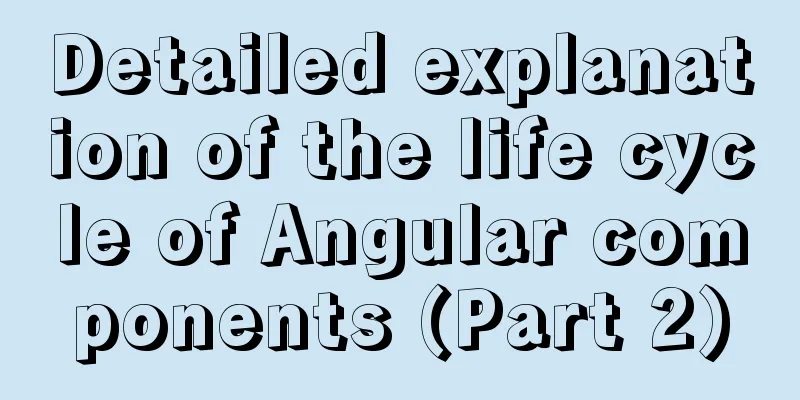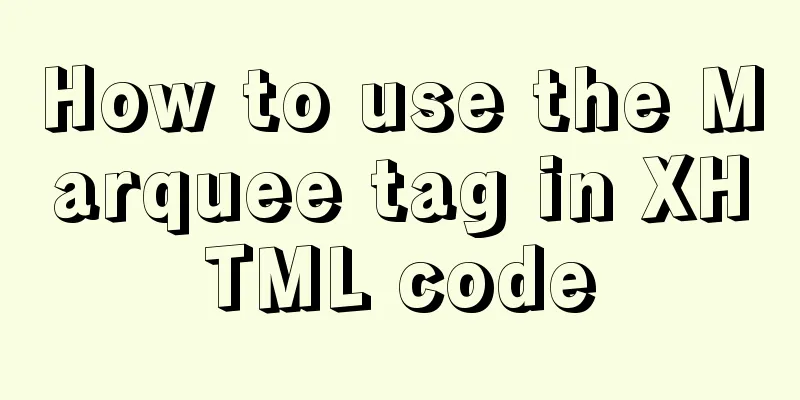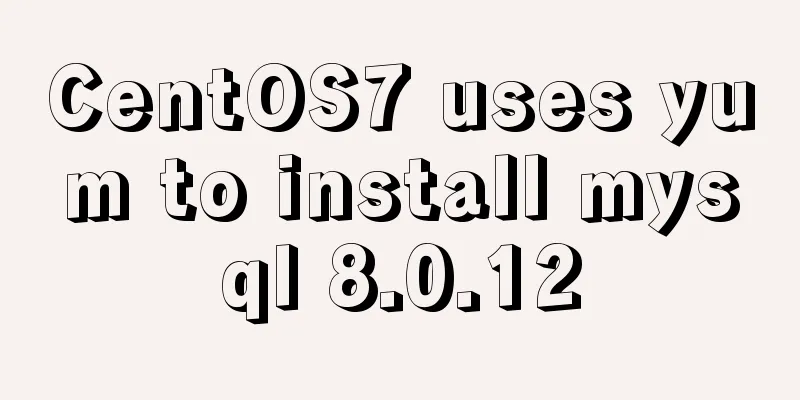Vue button permission control introduction

|
Preface: In daily projects, you may need to determine the current user's operating permissions based on the data returned by the background interface. The delete button must be displayed when there is delete permission. Without this permission, the button will not be displayed or deleted. By searching for information, this function is realized through vuex. 1. Steps 1. Define buttom permissions Create Using vuex:
Vue.use(Vuex)
Create a vue instance const store = new Vuex.Store({
state: {
buttomPermission: {}
},
mutations:
setPermission(state, permission) {
state.buttomPermission = permission
}
}
})
export default store
2. Define the store
import store from './store/index.js'
new Vue({
store,
el: '#app',
render: h => h(App)
})
3. Create permission instructions Create a new The
inserted( el, bindings, vnode ) { }
4. Use the permission directive Introduce and define the
<button v-permission="'add'">Add</button>
import permission from './directives/permission'
directives: {permission,},
5. Delete unauthorized data In the
inserted(el, bindings, vnode) {
let btnPermissionValue = bindings.value;
let boolean =vnode.context.$store.state.buttomPermission[btnPermissionValue];
!boolean && el.parentNode.removeChild(el);
}
6. Passing in state management data Pass the state management data to the permission management through the
let permissions = {}
this.$store.commit("setPermission", permissions);
II. Overview In general, a This is the end of this article about vue button permission control. For more relevant vue button permission control content, please search 123WORDPRESS.COM's previous articles or continue to browse the following related articles. I hope everyone will support 123WORDPRESS.COM in the future! You may also be interested in:
|
<<: Comprehensive understanding of HTML Form elements
>>: Flame animation implemented with CSS3
Recommend
Tutorial on installing MySQL 5.7.18 using RPM package
system: CentOS 7 RPM packages: mysql-community-cl...
Vue implements countdown function
This article example shares the specific code of ...
Simple steps to configure Nginx reverse proxy with SSL
Preface A reverse proxy is a server that receives...
A good way to improve your design skills
So-called talent (left brain and right brain) Tha...
Personalized and creative website design examples (30)
Therefore, we made a selection of 30 combinations ...
How to import and export Cookies and Favorites in FireFox
FireFox is a commonly used browser with many exte...
Detailed explanation of the difference between tinyint and int in MySQL
Question: What is the difference between int(1) a...
Rules for using mysql joint indexes
A joint index is also called a composite index. F...
Mysql 8.0.18 hash join test (recommended)
Hash Join Hash Join does not require any indexes ...
Detailed explanation of the encapsulation and use of the Vue image magnifier component
Based on the Vue image magnifier component packag...
Detailed explanation of explain type in MySQL
Introduction: In many cases, many people think th...
How to implement line breaks in textarea text input area
If you want to wrap the text in the textarea input...
Nginx configuration location matching rules example explanation
The scope of nginx configuration instructions can...
In-depth understanding of HTML relative path (Relative Path) and absolute path (Absolute Path)
I have been engaged in Java web development for mo...
SQL implements addition, subtraction, multiplication and division operations on two adjacent rows of data
SQL implements addition, subtraction, multiplicat...









